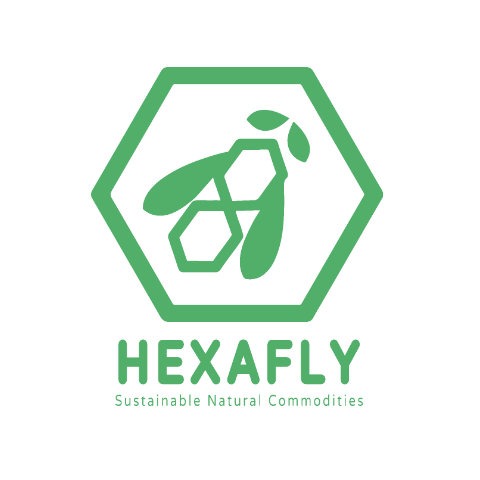The SSPC Transition Year (TY) Work Experience Programme ran twice during 2019, in April and December. Each weeklong programme welcomed a cohort of TY students (aged 15-16 years) to experience science at SSPC and the University of Limerick in an authentic and engaging way. SSPC target this cohort specifically as they are at a critical junction, selecting subjects for senior cycle, which can significantly affect their career orientation.
Impact for participants
In the short term, participants engage with a thought provoking, positive and authentic experience of science that develops their technical and soft skills. In the longer term, the impact of the programme on participants will be that they have a more accurate perception of scientists and scientific careers and will be more likely to pursue science at third and fourth level and as a career.
Impacts for SSPC researchers
In the short-term, SSPC researchers have the opportunity to complete a high-value EPE activity whilst practicing/improving their own science communication skills. SSPC researchers are supplied with a stakeholder’s report so that they are equipped with meaningful data to demonstrate the importance of their EPE activities. In the longer term, SSPC researchers have a portfolio of relevant and impactful EPE experiences to compete in funding calls and progress their careers.
Outcomes
In 2019, 43 TY students from 9 counties participated in the programmes (17 in April, and 24 in December). Students took part in laboratory sessions, attended career talks and visited a medical device company that has SSPC ties, namely Johnson and Johnson in Limerick. Additionally, participants researched a topic linked to the pharma-industry and presented their findings in a poster session, which was judged by SSPC researchers. To create this bespoke programme, the SSPC collaborated with the Departments of Chemistry, Biology and Physics. In 2019, 18 SSPC researchers and staff were involved in the programme.
Getting the same stakeholders to agree to continually conduct sessions can be difficulty in terms of availability. In April 2019, a representative from BT presented to the group to give an industry perspective on what it is like to be a scientist. However, getting the same speaker or a similar quality of speaker is difficult due to people’s availability to visit Limerick. Due to these issues, the BT session had to be replaced with the newly designed Medicine Maker workshop. This was still a good session that the students thoroughly enjoyed, however, the above example outlines potential variations between TY weeks and issues in outreach design and implementation.
Evaluation
The EPE team used two mechanisms to evaluate the TY Science Week programme – (i) feedback session and (ii) a pre-/post- questionnaire. The feedback session allows participants to reflect and give feedback on each workshop and activity. A summary of participant feedback is shared among all stakeholders. This feedback is used to consistently monitor and improve the quality and operational efficiency of the programme and ensure that the SSPC TY Week programme is an exemplar of an impactful EPE programme.
The pre-/post-test comprises a Likert-scale questionnaire to evaluate changes in attitude towards science (based on Kind et al., 2007) and a Draw-A-Scientist-Test to evaluate changes in participants’ perception of scientists (based on Farland-Smith, 2009 and consultation with the author). In November 2018, the results of the DAST study was published in a peer-reviewed journal, ARISE. In 2019, no such publication has followed since the research has not provoked any new insights, rather the TY week, as a high level EPE event, has maintained its standards and outputs. With this result, the aim will be to continually conduct research on the week so that a longitudinal study can eventually be compiled looking at deviations over years and multiple interventions.
The objectives of this programme have been exceeded. The programme is consistently over- subscribed with applicants and feedback from participants being positive. From our DAST-study, we know that participants who complete the programme leave with a more realistic and positive perception of scientists and scientific careers. Over several iterations, the EPE team have consistently improved the quality and operational efficiency of the programme. Moreover, there may be potential to publish a quantitative paper to complement the previous qualitative paper.
Publication
Stapleton, A., McHugh, M., Childs, P. E., & Hayes, S. (2018). “To see ourselves as others see us”: Post-primary school students’ drawings of scientists before and after participation in a career orientation programme. Action Research and Innovation in Science Education, 1(1), 15-25. doi:10.12973/arise/96343
















